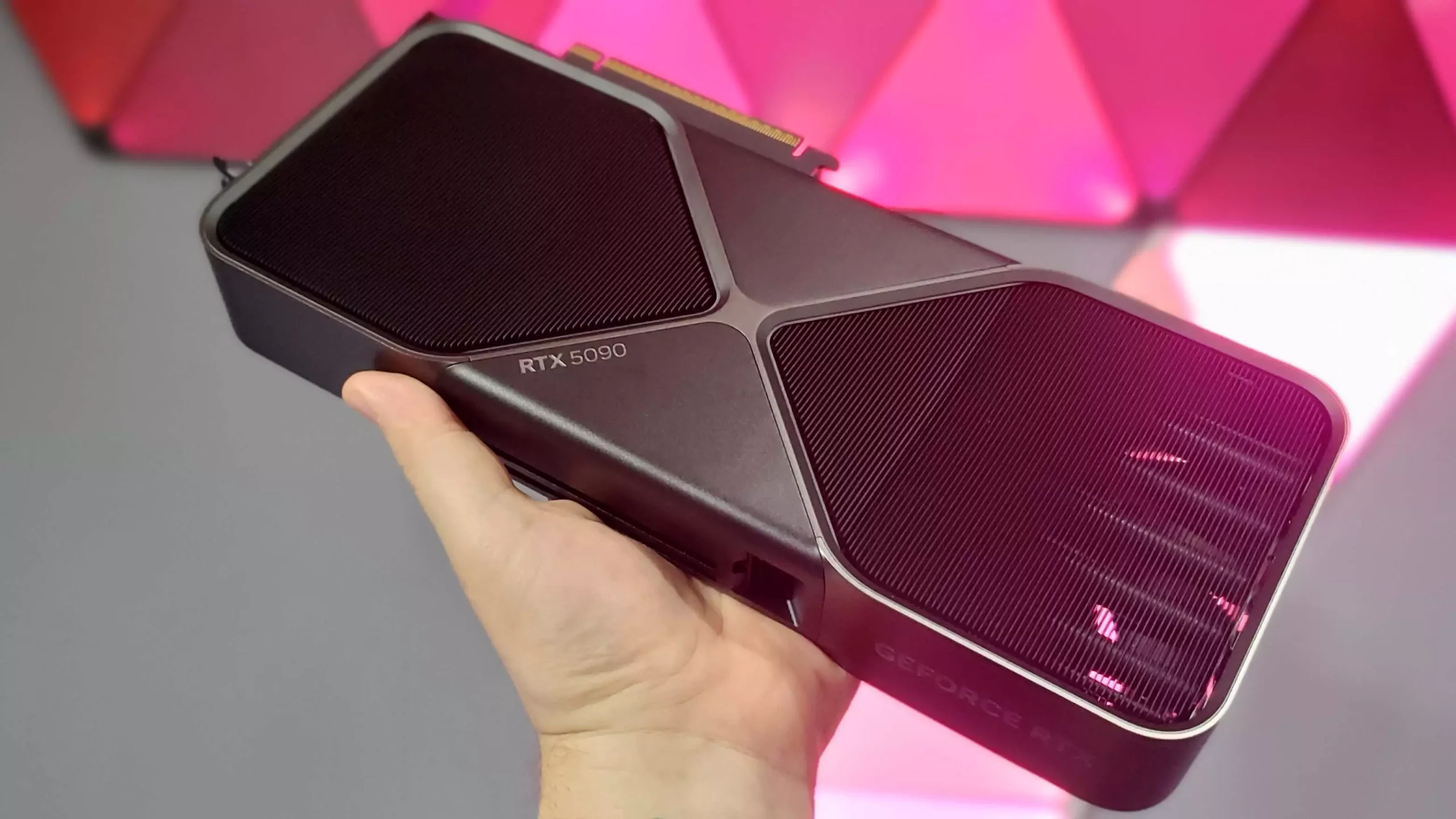As the graphics card landscape gradually stabilizes, tech enthusiasts are experiencing a breath of fresh air just months post-launch of Nvidia’s latest powerhouse, the RTX 5090. Initially, this GPU debuted at a recommended retail price of $1,999, with many buyers encountering sky-high markups almost instantly. Yet, as of now, several retailers have managed to list the RTX 5090 for prices that inch closer to—if not under—its MSRP. This shift represents not just a welcome return to market sanity but also a beacon of hope for frustrated buyers who have endured a series of price shocks.
The situation varies significantly by region. For instance, while a retailer in the UK has listed the RTX 5090 for a minor discount at £1,879.99, US consumers still see inflated prices as the norm, with Newegg currently offering the GPU for an eye-watering $2,919.99. This disparity raises questions regarding pricing strategies in different markets, suggesting a disconnect influenced by factors such as demand, supply chain stability, and, unsettlingly, governmental tariffs.
Regional Variances: A Window into the Market’s Pulse
If we delve into the pricing differences across various geographical locations, it paints a picture of a fractured but gradually healing GPU market. In Europe, pricing trends reveal a subtle decline, with the RTX 5090 priced at around 2,299 Euros—just shy of its official 2,339 Euros sticker price, albeit still higher than the initial MSRP. However, Finnish retailers seem to have somewhat embraced a normalization trend by offering the GPU close to its listed price. This variation can be partly attributed to the ongoing recovery from disruptions caused by the pandemic and crypto mining spikes that previously sent prices soaring.
Meanwhile, the UK has seen a relatively auspicious resurgence of the entire Nvidia RTX 50 series, which is now available at, or in some cases below, its MSRP. This revitalization in pricing signals a possible thawing of the GPU market, where long-standing price aberrations and excessive markups have been commonplace. Even as AMD’s Radeon RX 9070 XT depicts a stubborn resistance to discounting, with its cheapest versions still holding a price point above its recommended retail price, Nvidia’s RTX 5090 showcases a turning tide.
Market Forces at Play: Tariffs, Demand, and Supply Psychology
Grasping the extent of this shift requires a deeper understanding of the myriad influences affecting GPU prices. The enduring issue of tariffs cannot be ignored. With the Trump administration’s fluctuating policies leaving a tangible impact on import costs, American consumers remain ensnared in a web of uncertainty. The preemptive buying rush driven by anticipated tariffs has layered the GPU market with an unusual temporal distortion, contributing to the hesitancy observed in U.S. pricing structures.
However, indications suggest that a resolution might be on the horizon. The prospect of returning tariff conditions to a more predictable fixture could further alleviate pricing pressures in the US, allowing more GPUs to inch toward normal pricing grounded in supply and demand principles. A broad acknowledgment of an abating shortage in GPU availability, alongside growing manufacturer outputs, feeds into this hopeful narrative.
Hope for Gamers: A Resilient Community on the Rebound
In light of all these developments, it’s essential to reflect on what they mean for the gaming and tech community at large. Gamers have been on a rollercoaster ride, suffering through years of inflated prices and accessibility issues. Yet now, a sense of normalcy is creeping back into the market. It brings about the possibility for avid gamers and creators alike to get their hands on top-tier GPUs at more reasonable prices—a reality that seemed far-fetched just months ago.
While it may be premature to declare victory, the current shifts indicate that many consumers will regain access to the performance they crave without breaking the bank. It also reaffirms the resilience of the tech community; as manufacturers adapt and respond to market expectations, it appears that the golden days of GPU purchasing may not be so far-fetched after all.
What lies ahead? Perhaps a more pragmatic approach by retailers, an evolving equilibrium of supply and demand, and ultimately, a flourishing market where technology enthusiasts can thrive. We await this promising future with bated breath, armed with anticipation and a renewed enthusiasm for the world of GPUs.

